
When people experience arthritic symptoms in the foot, the pain usually always begins in the base of the big foot.
This joint, called the metatarsophalangeal, or MTP joint, is important because it must bend every single time a persons takes a step and tries to walk.
Because of this, walking can become a very difficult and painful task if this joint begins to stiffen.
In the MTP joint, the ends of the bones are covered by a smooth articular cartilage and if this cartilage is damaged, then the bones can start rubbing together, which could cause a bone spur or overgrowth.
This can in turn cause problems in the movement of the big toe.
The stiffness of the big toe is a condition called hallux rigidus, and it usually develops between the ages of 30 to 60 years of age.
Some symptoms are pain in the joint when it is active, especially when the person is pushing off of the toe and foot when walking. Swelling around the joint can also be a sign of this condition, as well as bumps that look like bunions or calluses on the top of the foot. Stiffness in the toe will appear as well.
If these symptoms are noticed, the person should go see a doctor, who will examine the foot and look for evidence of bone spurs. X-rays will usually show what the doctor is looking for in the diagnosis.
There are several non-surgical ways to treat the condition, like taking pain relievers or anti-inflammatory medications like ibuprofen to ease the pain and decrease the swelling.
It is also recommended to wear a bigger shoe, which allows the big toe more space and reduces pressure on it.
Doctors might recommend wearing a stiff-soled shoe with rollers on the bottom, or even a steel or metal brace in the sole to keep the toe in place and safe.
Bathing the foot first in cold water and then in hot water can help to reduce inflammation as well. The foot should be immersed in each type of water for 30 seconds, and the person should alternate this process for about five minutes and always end with cold water.
If the damage is more significant, surgery will be needed. In more moderate cases, a cheilectomy maybe needed to be done. In this procedure, an incision is made on the top of the foot so that the big toe has more room to bend. Recovery will probably take several months and special shoes will need to be worn.
In more serious cases, an arthrodesis will be needed, which is a fusing of the bones together to remove the damaged cartilage and then using pins or plates to fix the joint into a permanent position.


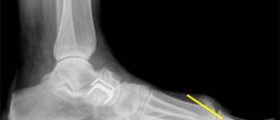


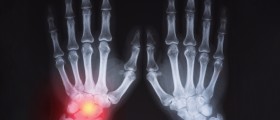
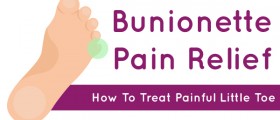


-Symptoms,-Diagnosis,-Treatment_f_280x120.jpg)



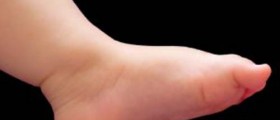

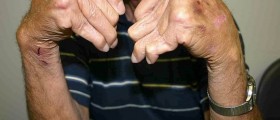

Your thoughts on this
Loading...